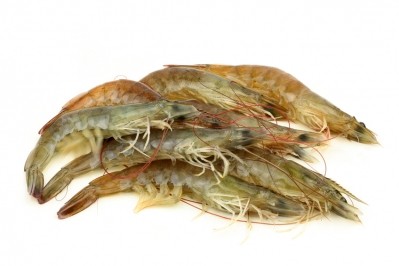Outlook 2017
Fishmeal prices predicted to soften in 2017 (compared to 2016)

“Fishmeal prices already contracted in late 2016, based on Peru setting its second anchovy fishing quota at 2m metric tons in November, coupled with weak demand.
“We expect a softening of prices next year compared to 2016, but, of course, that depends on how strong the expected recovery in the Chinese and Thailand shrimp industries is and how much of a rebound there is in the salmon sector,” Gorjan Nikolik, aquaculture industry analyst with the food and agribusiness research and advisory division of Rabobank, told us.
He said prices for fishmeal in 2017 then are likely to fluctuate between USD $1,200 per ton and USD $1,600 per ton.
In 2016 Peru suffered yet another season with fishery closures due to El Niño, bringing global fishmeal production to a new low, wrote the Rabobank team in its recently released outlook on the animal protein market for 2017.
The expected recovery of the fishery was delayed due to biomass measurement issues, while large numbers of juveniles have been preventing full utilization of the total allowable catch (TAC) during the second fishing season, noted the publication.
Expectations are that TACs in Peru will be normalized to 2m to 3m tons per season from 2017 onwards – consequently yearly production in Peru will return to around 1m to 4m tons of fishmeal, said the Dutch bank.
He said the global shrimp industry is continuing to recover from the outbreak of early mortality syndrome (EMS) in 2014: “There have been a lot of incremental changes to control EMS since then. The industry has been finding ways to deal with disease from new technology to modifications to farm design to medication to feed formulation to diagnostics and genetics,” noted the analyst.
But he said it is still a case of wait and see as: “We should hold off on forecasts until the season starts, but there were indications already this year of less mortality in the shrimp sector in Thailand and China.”
Higher demand for fishmeal could come from growth of the aquaculture sector globally and from the salmon industry as well but there are challenges ahead for Norway:
“Chile is definitely doing better but we don’t expect massive volumes next year. The continuing flow of news of difficulties coming out of Norway shows ongoing issues with lice.
“The industry there is throwing money at the problem as it has the cash flow due to high prices. Eventually, they will tackle it, potentially with initiatives such as offshore production and bigger smolts.
“However, in terms of smolt yields, the generation harvested in 2016 has had the worst performance in years. Mortality rates are high and growth limited,” said Nikolik.
Chinese pig industry usage to be 'static'
Non-aquaculture markets now only account for 20% of fishmeal usage globally, and that usage mainly comprises the pig sector in China, but Rabobank expects demand in that direction to remain static.
Any growth in the pig sector in China, it said, will come from a reduction in mortality and bigger pigs, and not from an increase in the number of piglets per sow.
















